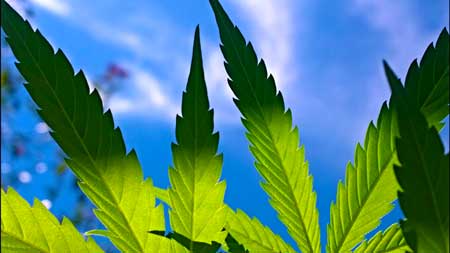So I have been doing some brain storming on LED lights. There are a million options some cheap some not. The issue is there is no real way to gauge them. A 600w led light will actually only pull 180-260 watts from my experience and there is far more variation than that on the market.
So I was trying to come up with a way to compare a LED light to other lights since lux or lumens are not accurate due to the multiple spectrums of light they emit.
My thought was to take a black cloth at a set distance from the light and measure the temperature difference of the cloth to the ambient temperature around it. Black being able to absorb all visible spectrums of light would he the best was to see how much light is being put out by the light. And by measuring the difference you could compare to other lights even if the traditional lights make more heat.
I think LED may be by far the most efficient lights when it comes to converting power to light. The issue is people bare compareing a (600w) Led which is only 200 draw to a 600w traditional light. If you had 600w or 3 led lights I think you would come out ahead on light output.
Anyone willing to test this with me? I have leds but no traditional lights.
So I was trying to come up with a way to compare a LED light to other lights since lux or lumens are not accurate due to the multiple spectrums of light they emit.
My thought was to take a black cloth at a set distance from the light and measure the temperature difference of the cloth to the ambient temperature around it. Black being able to absorb all visible spectrums of light would he the best was to see how much light is being put out by the light. And by measuring the difference you could compare to other lights even if the traditional lights make more heat.
I think LED may be by far the most efficient lights when it comes to converting power to light. The issue is people bare compareing a (600w) Led which is only 200 draw to a 600w traditional light. If you had 600w or 3 led lights I think you would come out ahead on light output.
Anyone willing to test this with me? I have leds but no traditional lights.


Comment